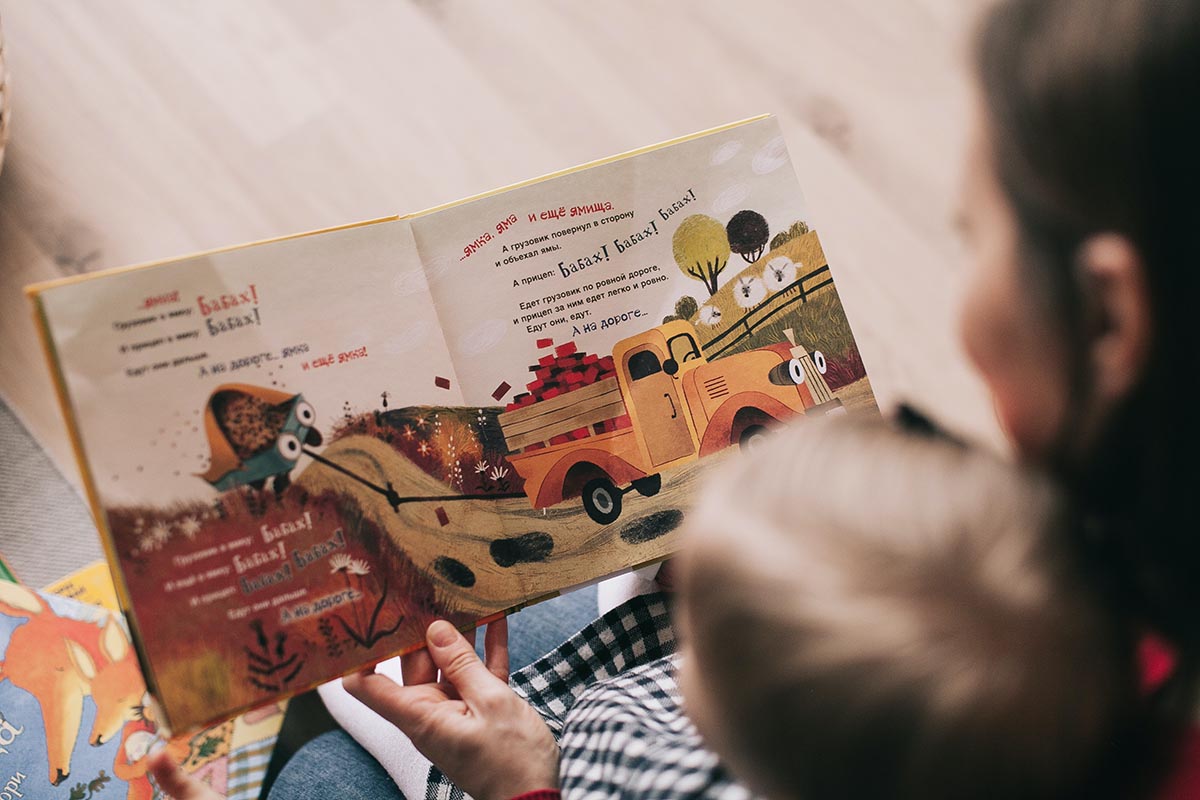How to Help Child Read: The Top Tips to Know
How to help the child to read. Worldwide, about 617 million kids and adolescents have trouble with math and reading. Of that number, about 4% — or 25 million children — are in the United States. All in all, not even four in 10 kids in the US are proficient or advanced readers. Unfortunately, problems with reading proficiency make children likelier to quit school.
Learning how to help your child read should be one of your top priorities as a parent. There’s no such thing as “too early” when it comes to reading, so you should hone your “teaching skills” as early as possible. The question that’s probably on your mind now is, “How can I inspire my kids to learn to read early?” At which age should children be able to read anyway? We’ll answer all these questions in this post, so read on!
Start Reading To Them Early (Hint: Even Right After You Give Birth)
Newborns to two-month-old infants can already respond to sounds. By six months, they respond to what they hear by creating sounds. Babies then start to imitate words they hear when they turn 12 months old.
This is why it’s never too early to read to them aloud with a book in your hand, which introduces them to the wonders of reading early on. Moreover, this can help with their speech development.
Set An Example
Young children, particularly infants and toddlers, are “the world’s best copycats.” They mimic almost everything that adults around them do regularly. These include food choices, behavior, speech, and yes, even reading.
That said, parents and caregivers can and should use this as an advantage to motivate kids to read. One way to do this is to transform your living space into one that embraces the written word. Surrounding yourself with books is sure to pique the interest of your little ones.
Kids, after all, have an innate curiosity. If they always see you with reading materials, they’ll wonder what’s so special about them. They’ll soon throw you questions, which you should use as a chance to point out how great it is to read.
You can tell them facts that you’ve learned straight from which book. Of course, you’d want to share information that they can relate to. For instance, you can tell your kids something like: “You know what, honey, this book taught me what makes the sky blue.” Or “I learned how to make your favorite snack from this book!” The bottom line is, let your little ones know that books can explain many things that interest them. This can then encourage them to take up reading early on.
Tailor and Customize Your Little Ones’ Reading Materials
Base the reading materials you’ll get for your young ones on what interests them the most. If animals or insects get them really excited, invest in books that talk about these subjects. You can also “author” your own picture book through the help of a board book printing service. What’s important is to support your child’s interests. Avoid telling them what they should take an interest in, as this may put a damper on their interest in learning.
Always Remember That the Learning Curve Is Different for Each Kid
On average, children start learning to read between the ages of six and 10. However, it’s often during the first four to five years of life that they begin to build their vocabulary. Sometimes though, it may take them longer to pronounce words correctly. Patience is the key, folks!
If your child can already read but stumbles when it comes to more complex words, be there to give reading help. Gently tell them which letters they incorrectly read or forgot to pronounce.
Make Reading With Your Kids a Daily Activity
As much as possible, you should read to and with your little ones every day. It’s also best for both parents to be there, but if not, then you can alternate. This helps provide a new perspective, and a “different voice” can also make it more fun for the kids.
Speaking of which, don’t hesitate to switch voices as you read to them too! Reading with emotion makes it more enjoyable and exciting for them. It also helps fuel their creativity and imagination.
Once your kids can read entire sentences, let them be the readers too. For example, you can switch places with every other paragraph or even every other page. This will help them hone their reading skills. At the same time, it’ll also help you monitor which letters or sounds they have trouble with.
Let Your Kids Share What They’ve Learned
Make this a regular thing, such as during mealtime conversations. Kids are very excitable, so ask them about the book they’re reading or have read. Not only is this a great bonding strategy — it also helps you gauge their comprehension.
Be sure to ready yourself to answer their questions, though. They’re likely to ask you the meaning of new words they’ve read, so take the time to be familiar with the book too. Don’t worry if you can’t answer right away, as you can also use this as an experience to learn together.
Follow These Tips on How to Help Your Child Read and Fall in Love With Reading
There you have it, the best strategies on how to help your child read and become a proficient reader. It’s never too early to get them to fall in love with reading, so it’s best to start reading to them from Day 1. The sooner they find value in reading, the faster they’ll want to learn how to read themselves.
Ready for more home and parenting tips to get closer to your little ones? Then, be sure to head over to the Lifestyle section and bookmark our site while you’re at it!






















